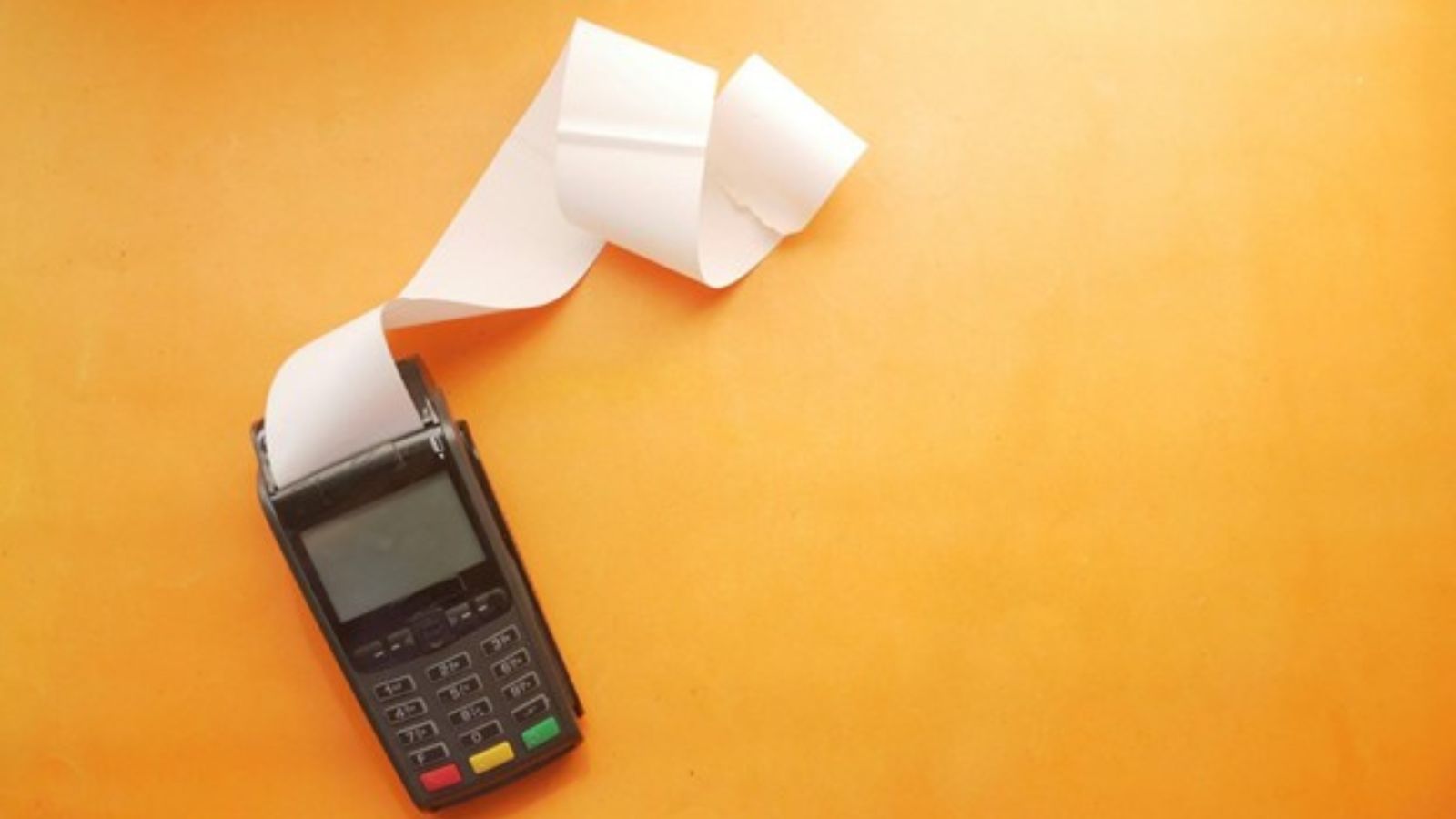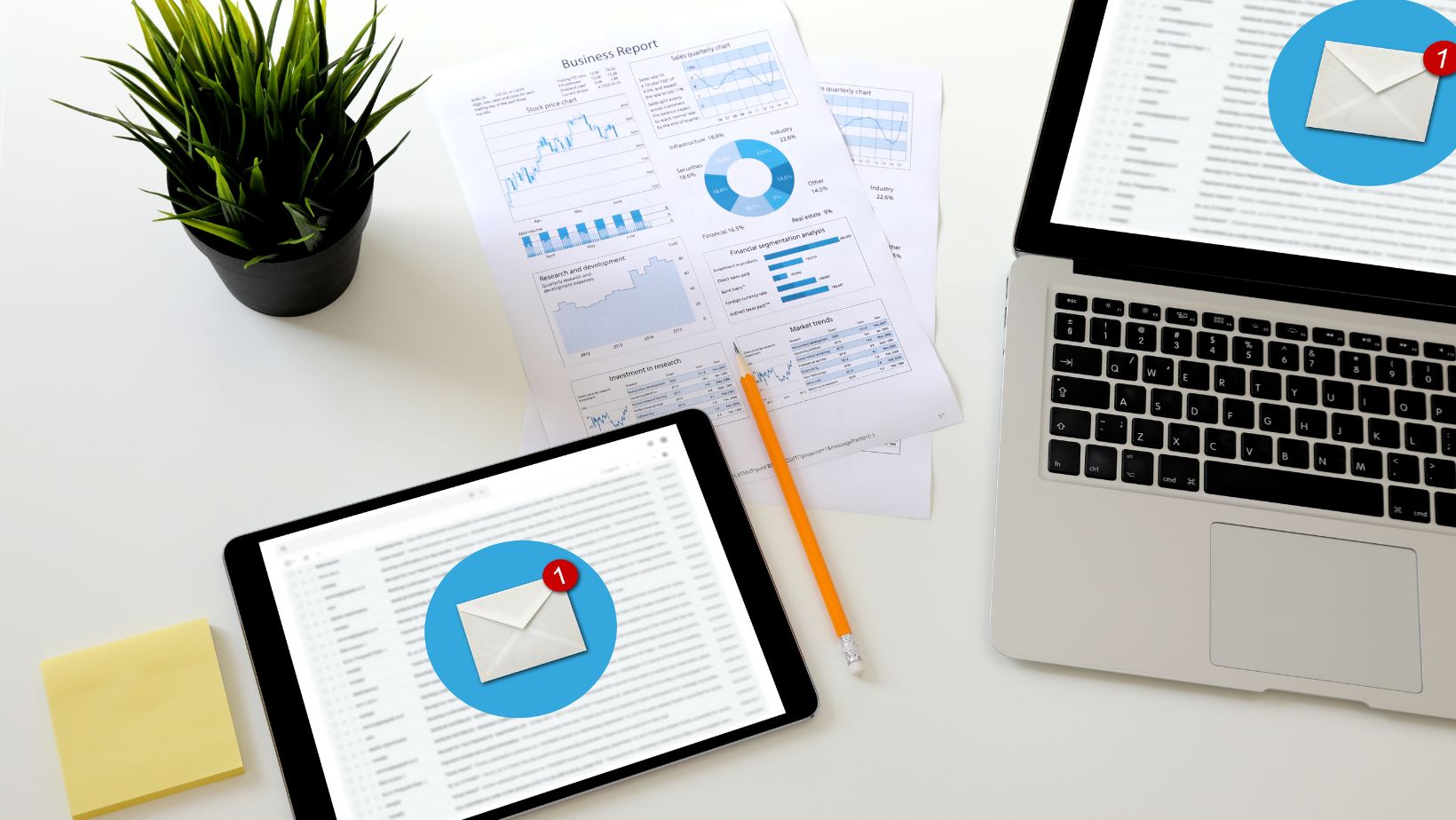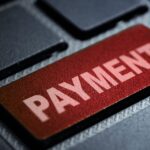
Life is full of surprises, and not all of them are the good kind. Whether it’s an unexpected medical bill, a car that breaks down, or a leaky roof, large bills can pop up out of nowhere. But what do you do about these money curveballs without blowing your whole budget? The good news is that with a bit of planning and some clever strategies, you can pay for these expenses without breaking your family and your budget.
Why Do Unexpected Expenses Happen?
You can budget for anything and still be blindsided by a surprise bill. Life just has a way of throwing things at you when you least expect it. You might have some sort of medical crisis, your car might break down in the middle of the night, or there might be some unexpected home repair. These kinds of big bills are a pain, but they’re also a part of life.
The key is not to be surprised. If you anticipate that something will go wrong at some point, then you will be ready when it finally happens. Having an emergency plan for these unexpected expenses will cut their stress once they become a reality.
The Importance of Having a Financial Cushion
The best thing to do with high costs without panicking is to have an emergency fund. It’s that buffer that will bail you out when life hits you with a curveball. However, if you still don’t have one yet, don’t worry – you’re not alone. Start small and attempt to save little by little. Even $50 here and there will add up eventually.
Having that buffer in place means you don’t have to scramble for cash when the unexpected happens. Instead of charging it all on a credit card or taking out a loan, your emergency savings takes care of it. And if you can’t afford to fully stock your emergency savings initially, do not panic—simply keep throwing money at it, and you will create that buffer eventually.
Budgeting Strategies for Big Expenses
So, how do you stay on top of these costs and keep your family budget in check? First, it’s all about being strategic. An organized, well-thought-out budget is your best friend for keeping big costs in check.
Start by prioritizing your needs. This doesn’t mean you have to stop enjoying life, but it makes sense to separate your “must-haves” and your “nice-to-haves.” Can you put off that vacation or skip dining out a few times a month? Probably. The idea is to have some money set aside for those unexpected expenses when they occur.
Also, track your spending. You’d be surprised at how much you can save simply by knowing where your money is going. You can use apps like Mint or YNAB (You Need A Budget) to help you do so. The principle is always to maintain an up-to-date snapshot of where your money is going and where it isn’t.
Funding Sources: Personal Line of Credit and Personal Loans
Your savings may not always cover the full cost of a significant expense. In that case, you might need to employ other forms of funding, like a personal line of credit or a personal loan.
Personal Line of Credit Loan
A personal line of credit (PLOC) is an interest-only loan that allows you to borrow a pre-determined amount. The best part? You can continue to use it. When you pay back part of the balance, you can borrow once more. It’s like a credit card, but typically has a lower interest rate. A personal line of credit is ideal for covering recurring or unpredictable expenses, such as home repairs or medical bills.
What is a personal line of credit? It’s really a revolving loan, i.e., you don’t borrow the entire loan all at once. You borrow what you need and leave the balance. It’s a fine choice if you want flexibility.

Personal Loans
A personal loan, on the other hand, is a sum of money you borrow and repay with interest over a set period and at a set rate. This can be helpful if you have a large expense that requires a single, upfront cost. You’ll know exactly how much you’re paying each month, and the payments don’t change, so it’s easy to budget.
So, line of credit vs personal loan—which should you choose? It is all about what you need. If you need to have flexibility and periodic access to money, a line of credit could be the way to go. But if you have one large, single cost, a personal loan could be the way to go, as it gives you a fixed payment schedule.
How to Select the Appropriate Funding Option
Choosing between a personal line of credit and a personal loan really depends on your situation. If you’re dealing with a one-time bill, such as an expensive car repair, a personal loan with a fixed interest rate, a repayment plan might be easier to manage. But if you’re dealing with recurring expenses or like to keep your options available, a personal line of credit might prove more useful.
Just remember: whichever option you choose, be sure to have a sound plan to repay it. Borrowing is handy, but borrowing without a payment plan in mind may result in even bigger problems down the line.
The Role of Insurance in Paying Big Bills
Naturally, insurance is valid when it comes to settling large bills. It may save you a fortune if you have health insurance, car insurance, and homeowners insurance. Consider the scenario where your car develops a breakdown or you need immediate medical care. Insurance may settle the majority of the bills in such a scenario. Ensure that your insurance coverage is always renewed and meets your desired requirements.
Conclusion
Surprise costs aren’t fun, but you don’t have to blow your entire financial plan. With sound budgeting strategies and the availability of emergency funds, you can face whatever comes your way. It may be through the accumulation of an emergency fund, through a personal line of credit, or by obtaining a personal loan. You do have alternatives. Seize control of your money today, and you’ll be better prepared for whatever tomorrow brings.


















